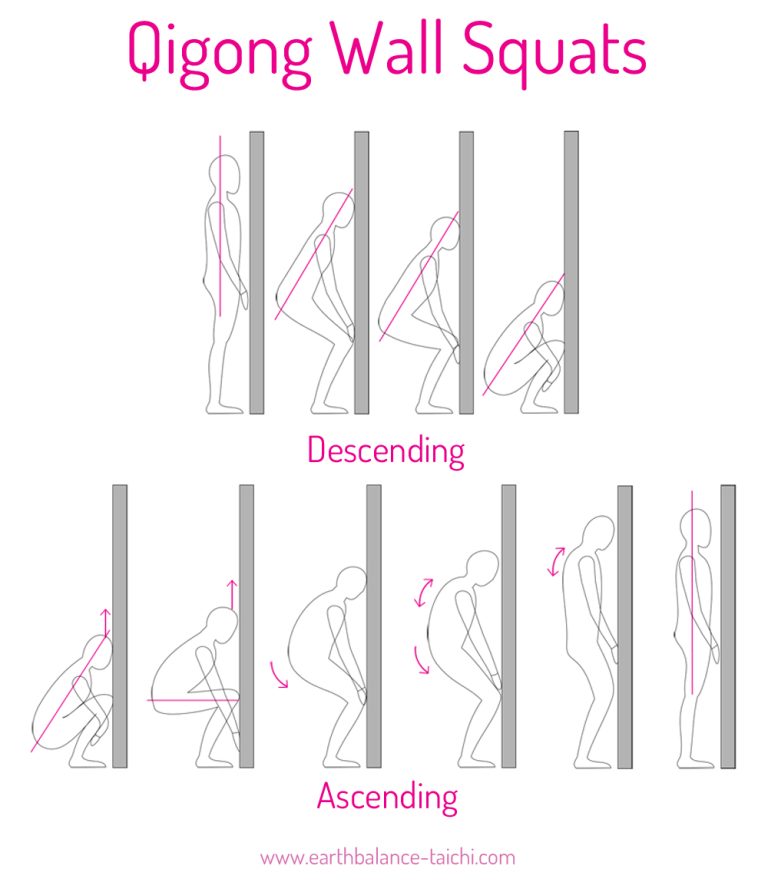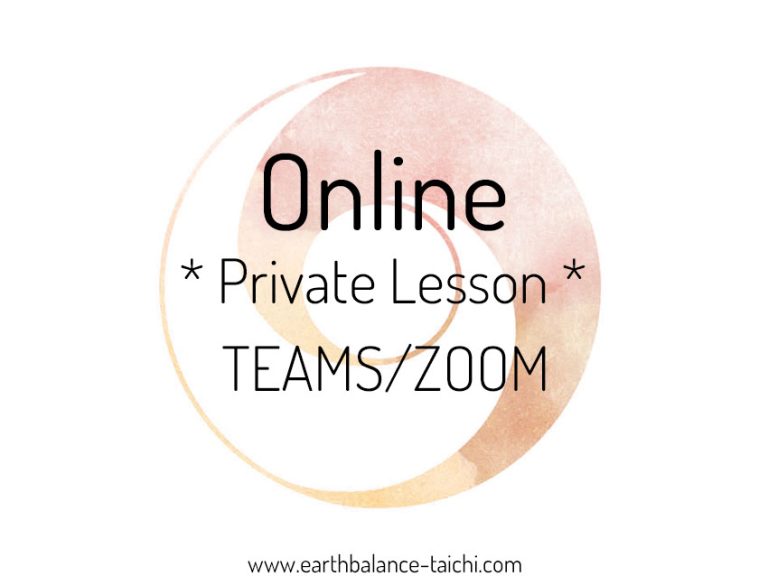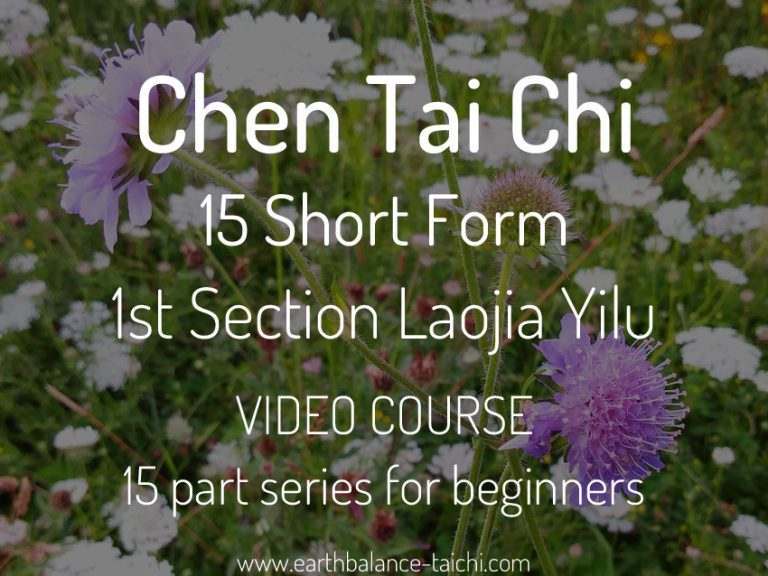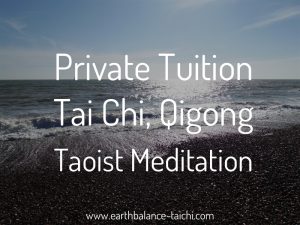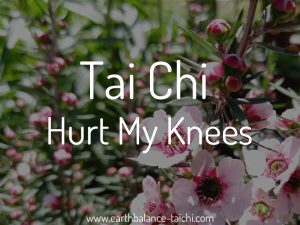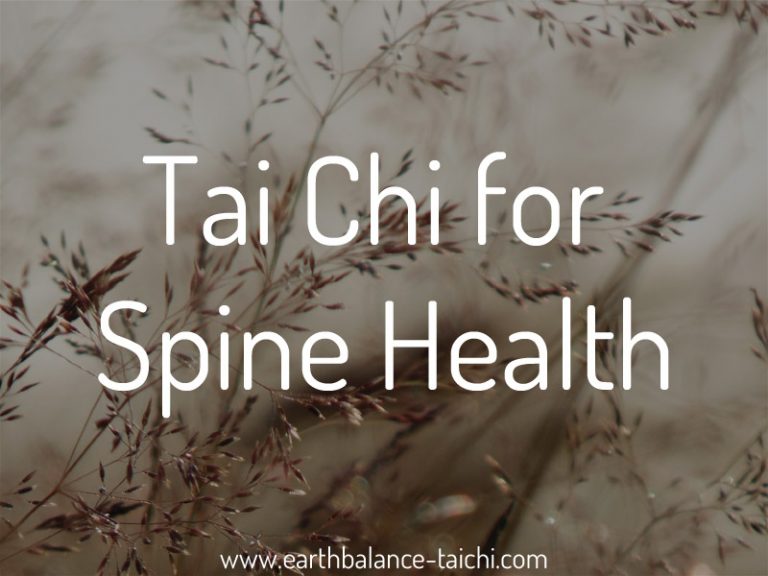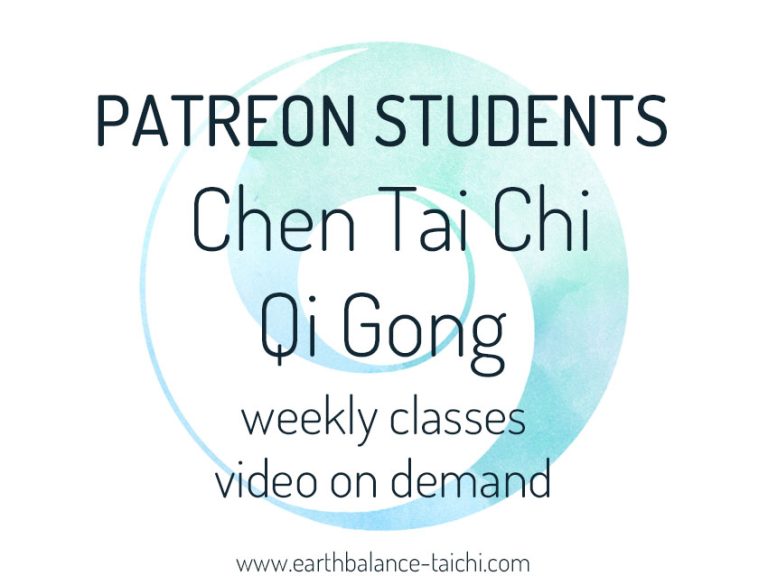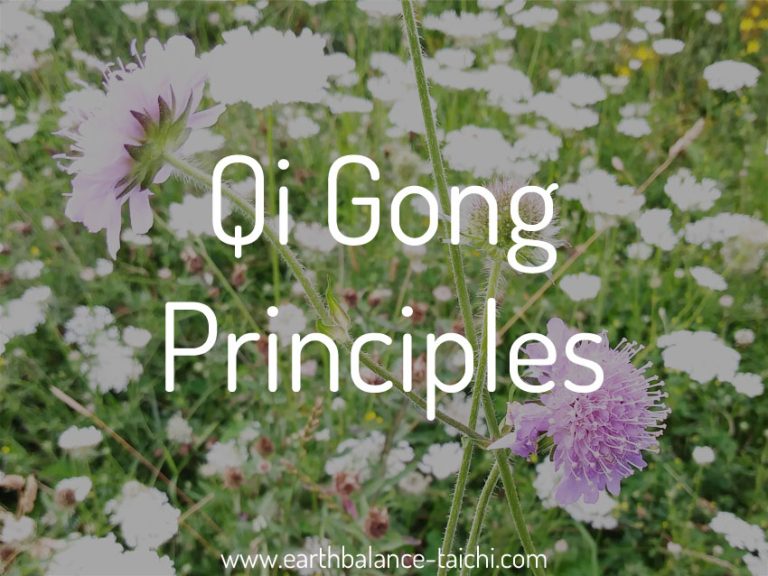Chen Style Warm Ups
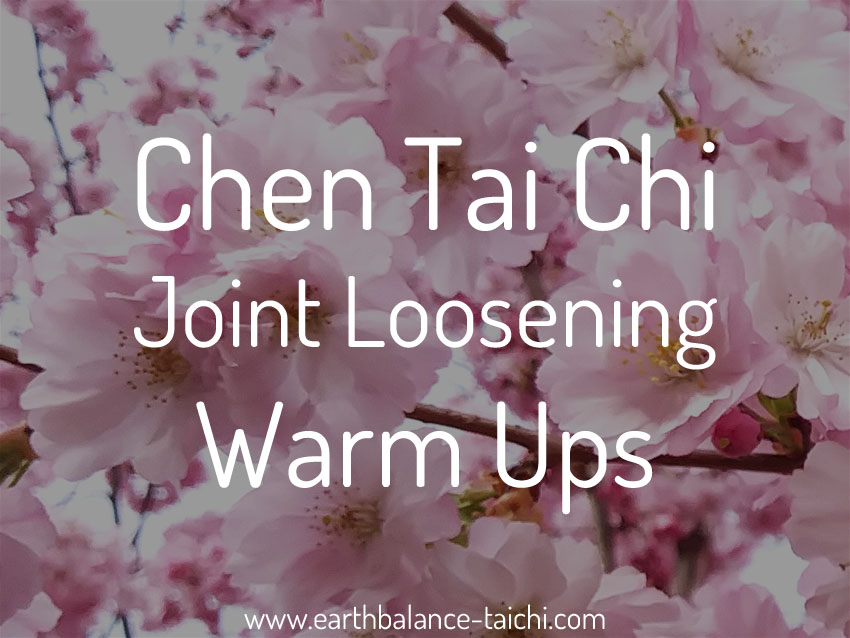
Chen Style Warm Ups
Joint Loosening Exercises
Sharing with you a number of online resources for Chen style Tai Chi warm ups. There are a variety of joint and soft tissue loosening exercises that we start all of our classes with, warming up every major joint in the body prior to practicing Tai Chi and Qigong movements. Explore your range of motion, use the movements as a baseline diagnostic and start unbinding the fascia and connective tissue. Why warm up? Listen to our friend Dave Hedges from www.davehedges.net
Chen Tai Chi Loosening Exercises
Follow along with my Chen Tai Chi warm up exercises on YouTube.
- Heavenly breath.
- Rolling wrists – forward / backwards, stimulating six meridians that pass through the wrists, either beginning or finishing in the fingers: heart, pericardium, small intestine, large intestine, lung, San Jiao
- Interlink fingers, stretch from chest height outwards.
- Interlink fingers, stretch from chest height upwards, chin follows hands.
- Single shoulder rotations, movement led by the waist – forward / backwards.
- Double shoulder rotations, palms on the collarbone – forward / backwards.
- Open fists draw elbows back, open palms split horizontally, open palms split vertically.
- Circling elbows with silk reeling lower body motion.
- Waist rotation, turn the waist with fists at chest height, movement led by the waist.
- Waist rotation, hang the arms like wet rope, swing the arms led by the waist, palms gently tapping the body, movement.
- Waist rotation, repeat the previous movement, with palms raising to neck height / kidney height, then lowering back down.
- Warm and massage the kidneys with the palms.
- Circle the hips keeping the knees bent.
- Forward bow stance lunges, the knee in the direction of the toe, spine upright, both hips facing forwards to stretch the hip flexors.
- Feet together, circle the knees - inwards / outwards.
- Circle the ankles - inwards / outwards, stimulating six meridians that pass through the ankles, either beginning or finishing in the toes: kidney, bladder, liver, gallbladder, stomach and spleen.
- Shake the limbs to loosen the joints and soft tissue.
After warming up the joints, progress onto wall squatting. This is the ultimate squat that develops leg strength, power, balance and body awareness. The stretching and relaxing motion in the spine gives circulation a boost, helps the body detox and massages your internal organs to aid their functioning.
Once warm ups are complete, progress onto Qigong breath work exercises like the heavenly breath. There are many versions of simple breathing Qigong exercises that help concentrate the mind and settle the breath. These gentle movements combine the Tai Chi kua squat, lengthening of the spine, circling the arms, expanding the connective tissue, relaxing the muscles, and diaphragmatic breathing. These simple movements are a great training ground to develop the Tai Chi principles in movement.
From the breathing Qigong exercise, as the last breath and movement returns to neutral, continue on into a standing posture. Zhan Zhuang practice trains posture and alignment in stillness with breath work. Holding a posture statically is a great training ground to develop the Tai Chi principles in stillness. This is one of the most powerful practices you can develop for both Tai Chi and Qigong training. All movement comes from stillness.
